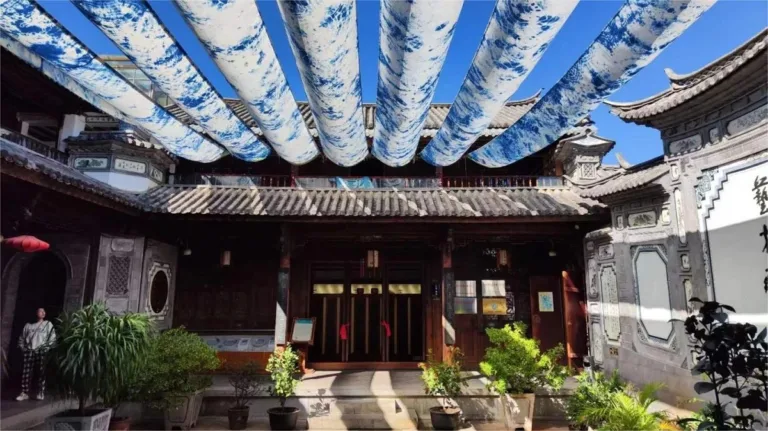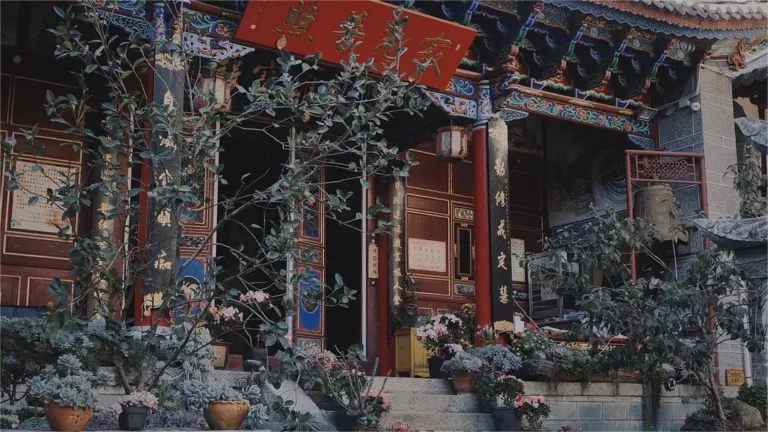Dali Travel Guide
Dali, located at the intersection of the Yunnan-Guizhou Plateau and the Hengduan Mountains, is a picturesque city with majestic landscapes featuring the Cangshan Mountains and the expansive, clear waters of Erhai Lake. Together, these natural wonders create a stunning vista where mountains reflect in the lake. Dali is home to 25 ethnic minority groups, including the Bai, Yi, Hui, Tibetan, Lisu, and Naxi, who reside in ancient towns such as Dali Old Town, Xizhou, and Shuanglang. These towns are rich in cultural heritage, showcasing traditional crafts like tie-dye and local delicacies such as Erkuai (a type of rice cake), highlighting the area’s ethnic charm.
Dali is renowned for its “Four Wonders”: Wind, Flowers, Snow, and Moon:
- Xia Guan Wind: The southern end of Erhai Lake in Xia Guan is known for its constant, unceasing wind.
- Shang Guan Flowers:The northern end of Erhai Lake in Shang Guan was once a vast grassland covered with colorful flowers.
- Cangshan Snow:The peaks of the Cangshan Mountains are perpetually snow-capped, providing a striking contrast against the blue sky.
- Erhai Moon: The moonlight over Erhai Lake is soft and enchanting, casting a magical glow on the water.
Dali enjoys a mild climate year-round, with no severe winter or scorching summer, and the seasons are not particularly distinct. The best times to visit Dali are during the spring (March to May) and autumn (September to November) when the weather is most favorable for exploring its scenic and cultural attractions.







































Dali’s March Street is incredibly crowded! There are a lot of fruits and small stalls! Blueberries are the most abundant! There are also some strange and unique fruits! Fresh flowers are sold at 8 yuan – the atmosphere is very lively and bustling. It’s definitely worth a visit!
Current Situation of Wheat Fields in Dali 1️⃣ Xizhou Ancient Town (喜洲古镇) Wheat Fields Navigation: Wheat Field Café (麦田咖啡) Current Status: Definitely not recommended to visit here right now!!! The wheat is currently very short, and you are likely to be disappointed if you go. Estimated Viewing Period: The best viewing period for the wheat waves will be from March 20 to early April. 2️⃣ Picnic Café by the Road (路边野餐咖啡) Current Status: There aren’t any wheat crops yet; they’re… Read more »
If you plan to visit a section of the Erhai Eco-Corridor, I recommend riding a small electric bike. It’s not tiring at all, and you can take your time walking and taking photos along the way. You can stroll through the water cedar forest, feed the seagulls, and take pictures with the dead trees. When you get tired, find a seaside café to relax.
1⃣ The lake in Haixi has been enclosed, and you need to walk to the entrance of the ecological corridor. Basically, there is an entrance to the ecological corridor in every village. Just navigate to the spot closest to the sea. 2⃣ You can spend a day driving or hiring a car to circle the coast. On rainy days, it’s not advisable to rent an electric bike to circle the coast, as it can be very windy, cold, and slippery.… Read more »
The commercialization in the ancient city is very severe; every ancient city feels the same. It’s either chain stores or exorbitant prices where it seems like they are trying to rip you off just because you are a tourist. The roadside vendors are relentless, following you around and trying to sell their stuff even after you’ve clearly refused several times. While the scenery is quite nice, it really isn’t as beautiful as it’s been hyped up to be. Moreover, any… Read more »
You can only walk or ride a bicycle along the shore of Erhai Lake. When I rented an electric bike, the owner insisted I could take it around Erhai Lake, but it turned out to be a lie.
One of the main roads in Dali Ancient City is under construction, and with the large crowds during the summer, it’s incredibly congested! A journey that usually takes 10 minutes on an electric bike can end up taking 20 minutes instead. It’s better to visit during the off-peak season!
When visiting Dali, it’s essential to check the weather first. It’s best to choose a sunny day for your trip, as the scenery is truly beautiful when the sun is shining. However, on cloudy or rainy days, the views can be quite disappointing, often appearing foggy and obscured.
Erhai Lake (洱海) has a total length of 140 kilometers, divided into two areas: the eastern and western part. If you have enough time, it is recommended to spend two days exploring it. – The western part is an ecological corridor with a fresh and clean scenery, and the distance between attractions is relatively short. One can ride a bike or electric vehicle along the eco-corridor around the lake, which is very comfortable. – The eastern part is characterized by… Read more »